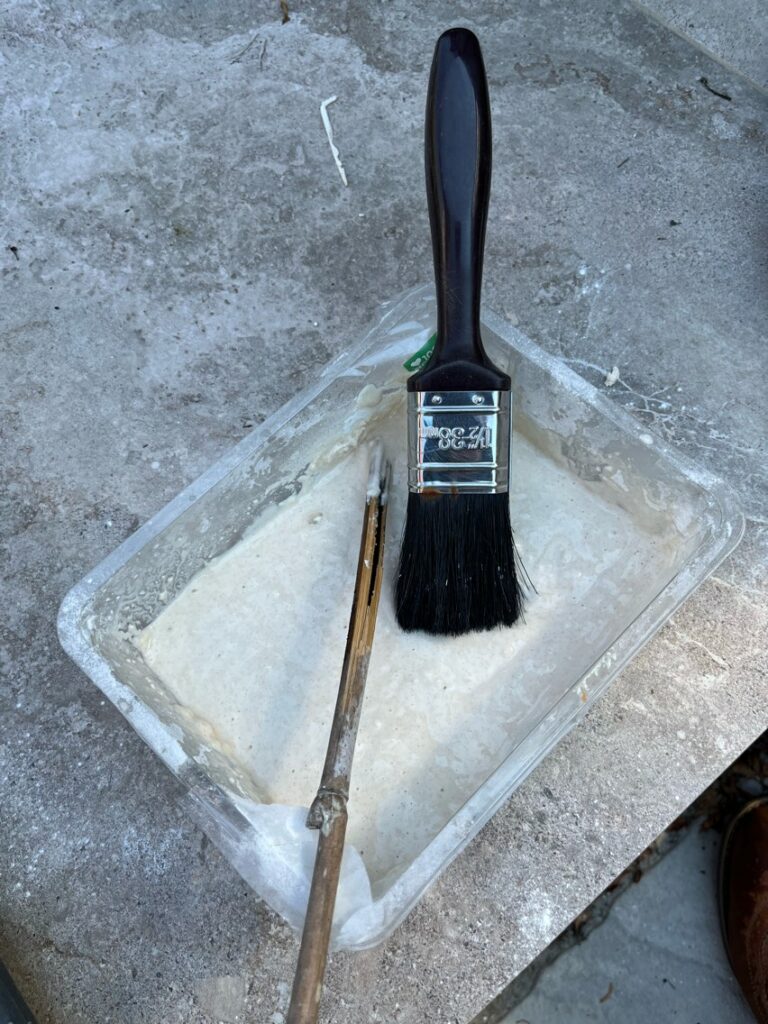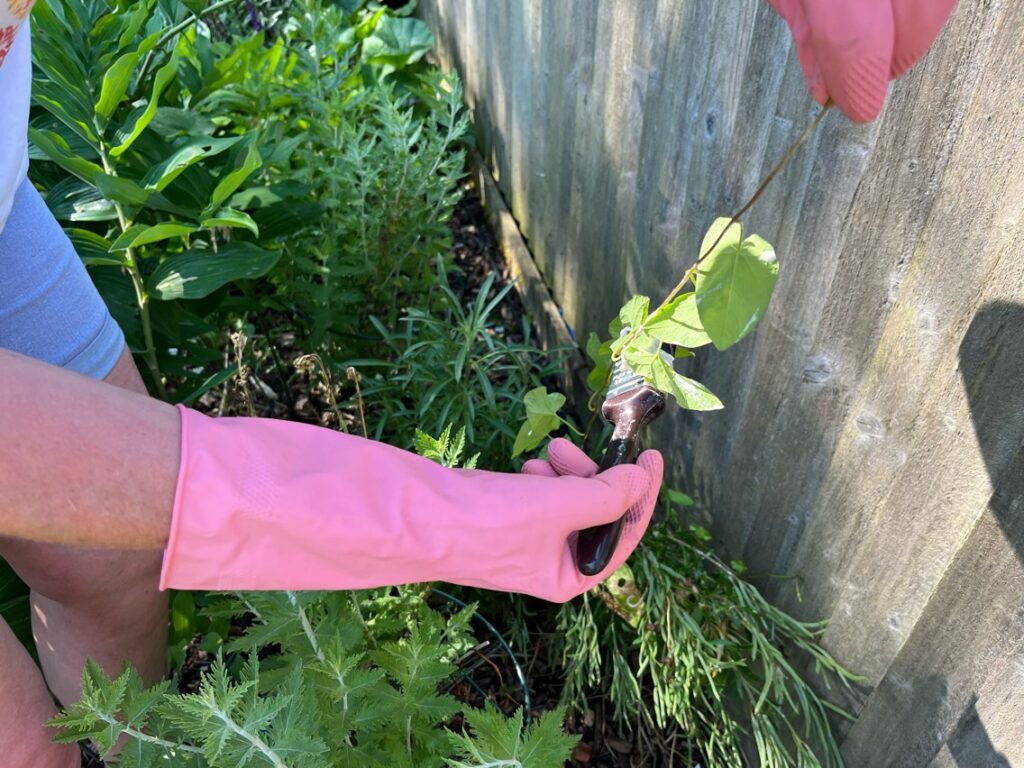
Bindweed, with its resilient nature and invasive tendencies, can wreak havoc in gardens and landscapes. Controlling this persistent weed often requires strategic and targeted measures. In this article, we will explore a homemade solution that involves using a combination of Roundup weed killer and thickening agents like flour or wallpaper paste. By creating a thick solution and applying it directly to unwound bindweed stems, we can effectively combat this troublesome plant while minimising potential harm to surrounding plants and shrubs.
Understanding Bindweed and Its Challenges: Bindweed, also known as Convolvulus arvensis, is a perennial vine that belongs to the morning glory family. Its ability to twine around other plants and grow rapidly makes it a difficult weed to control. Bindweed can quickly overrun garden beds, choking the life out of desired plants and shrubs, and reducing overall aesthetics.
Traditional herbicides, such as Roundup, can be effective in killing bindweed, but their broad-spectrum nature raises concerns about unintended damage to desirable plants. By creating a thickened solution using flour or wallpaper paste, we can target the bindweed directly and reduce the risk of herbicide drift.
The Homemade Solution: To create a thickened solution for bindweed control, you will need the following:
Roundup or a glyphosate-based herbicide: Glyphosate is a broad-spectrum herbicide commonly used for weed control. Roundup is a popular brand that contains glyphosate as its active ingredient. It is readily available at garden centres or through online retailers.
Flour or wallpaper paste: These common household items act as thickening agents, allowing the herbicide solution to adhere better to the bindweed foliage.
Instructions: Follow these steps to create and apply the thickened solution:
Unwind the Bindweed Stems: Before applying the solution, carefully unwind the bindweed stems from surrounding plants and shrubs. This step ensures that the thickened solution directly contacts the bindweed without harming desirable vegetation.
Prepare the Thickened Solution: In a clean container, mix the herbicide according to the manufacturer’s instructions. Once the herbicide is prepared, gradually add either flour or wallpaper paste while stirring continuously. Continue adding the thickening agent until the solution reaches a consistency similar to pancake batter or a thick cream. The exact amount of thickening agent required may vary, so adjust accordingly.
Apply the Solution: Using a brush or a sponge, apply the thickened solution directly onto the bindweed leaves and stems. Ensure thorough coverage of all exposed foliage. Take care not to touch or apply the solution to desirable plants or shrubs. The thickened mixture will help the herbicide cling to the bindweed, maximising its effectiveness.
Monitor and Repeat as Needed: Observe the treated bindweed over the next few weeks. You should notice signs of wilting and yellowing as the herbicide takes effect. If any bindweed regrowth occurs, repeat the application process until complete eradication is achieved.
Safety Considerations: While the homemade solution aims to minimise the risk of drift and damage to desirable plants, it is still crucial to follow safety precautions when handling herbicides. Wear protective gloves, long sleeves, and eye protection. Avoid applying the solution on windy days to prevent herbicide drift.
Controlling bindweed requires a proactive approach, and the homemade solution of combining Roundup weed killer with a thickening agent offers a targeted and effective method. By creating a thickened solution, you can apply the herbicide directly to bindweed foliage, reducing the risk of harm to surrounding plants and shrubs. Remember to exercise caution and follow safety guidelines when working with herbicides, and monitor the treated area to ensure complete






















